
This article presents a list of the main and the most colorful attractions and main museums of Innsbruck, which is worth a visit in the first place or, if the city allocated is not much time (1 - 2 days).
If you need the most complete and detailed list of attractions, museums, important sites and interesting places in Innsbruck, it can be seen here →
Street Duke Frederick, the full name of the Herzog-Friedrich-straße (Herzog-Friedrich-Straße) is the Central street (main artery) of the Old town of Innsbruck and one of the main pedestrian streets of the city centre.
Education of the street as the basis of all of the old town, dates back to the 12th century.
The street was named in honour of Frederick IV of Habsburg.
Today, the Herzog-Friedrich-Strasse, intersects the old town from the North and South.
Along the street close to each other are bright and elegant historic building with graceful Bay Windows and open pedestrian arcades on the first floor. In these buildings there are shops, boutiques, cafes and restaurants. Read more about street Duke Frederick...
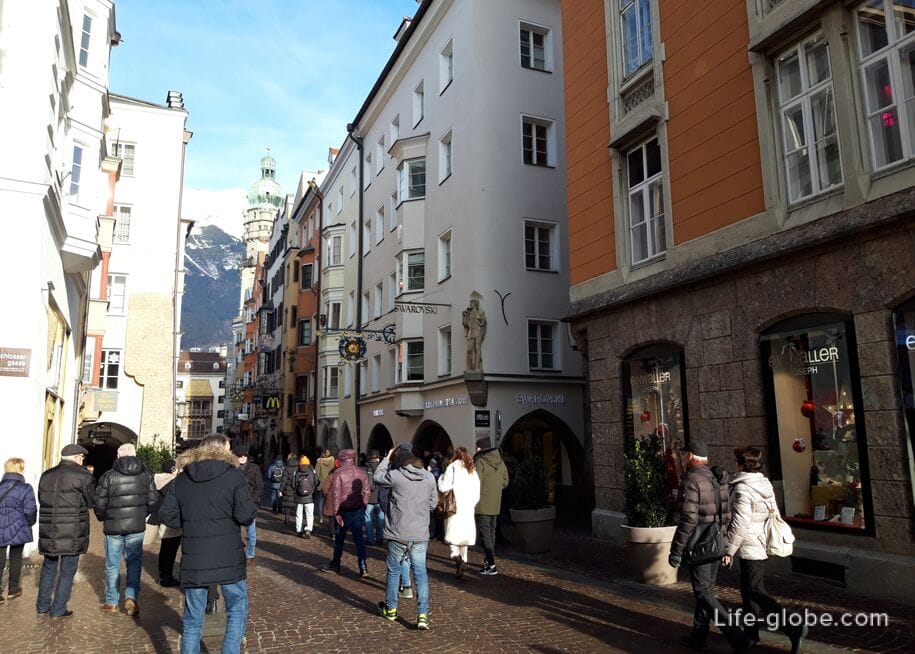
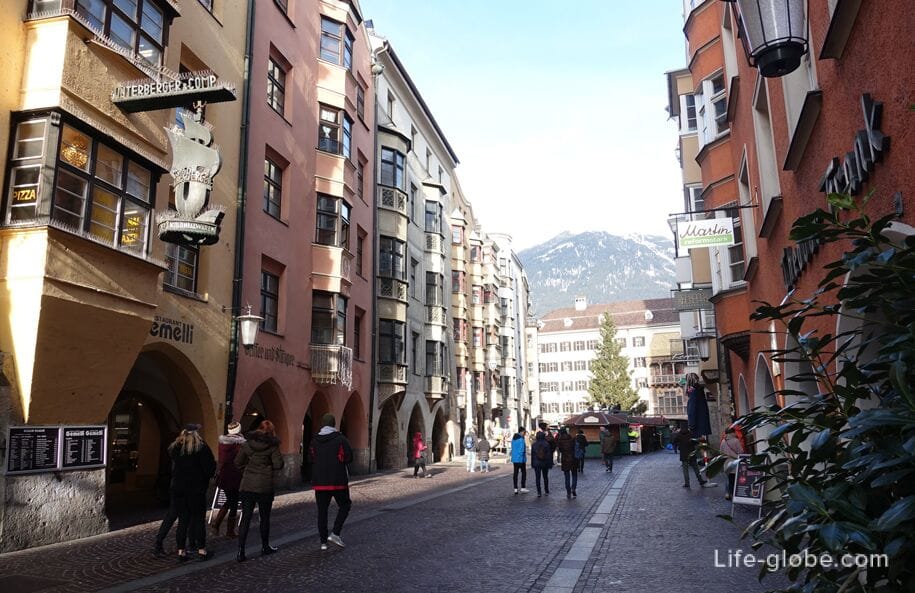
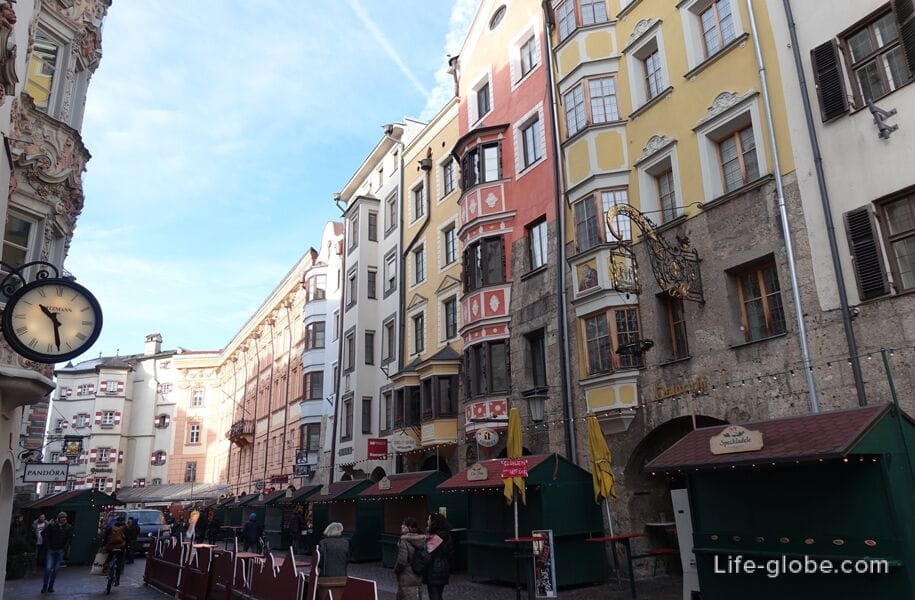
The street of Maria Theresa, the full name of Maria Theresa Strasse (Maria-Theresien-Straße) - the second chief and one of the busiest streets in the center of Innsbruck.
The street was formed when the city of Innsbruck has started to grow and went beyond the old city - outside the city walls and moat. The new part of the city at that time were the suburbs developed along the arterial road leading South to Wilten (now part of Innsbruck) and was known as "Neustadt" or New town (nova civitas / "Neustadt").
Currently, the Maria Theresa street has a length of nearly 500 meters, slightly curved shape and the Northern part of the street is a pedestrian zone.
Along the street there are historic buildings, most of which are represented by buildings in the Baroque style, there are boutiques, shops, including two shopping centers and cafes and restaurants. Read more about the street of Maria Theresa...
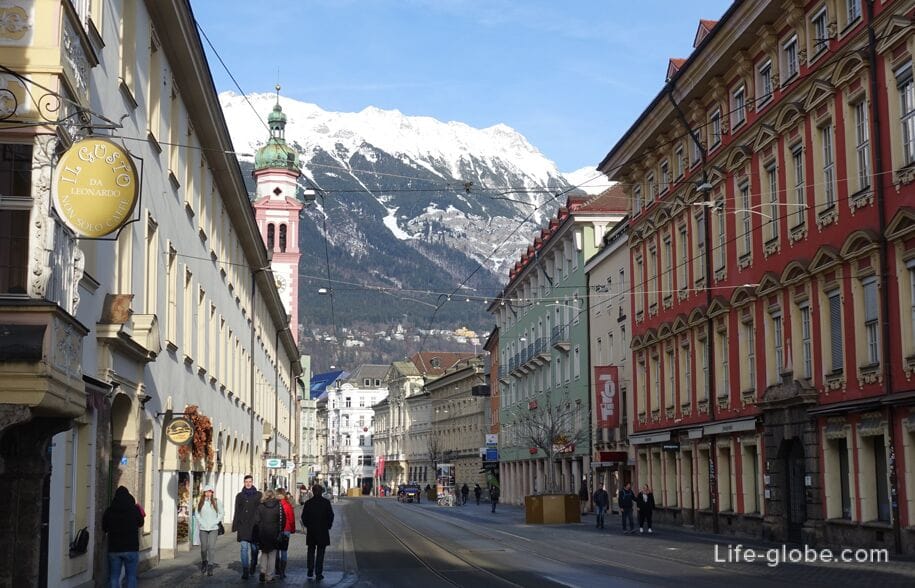
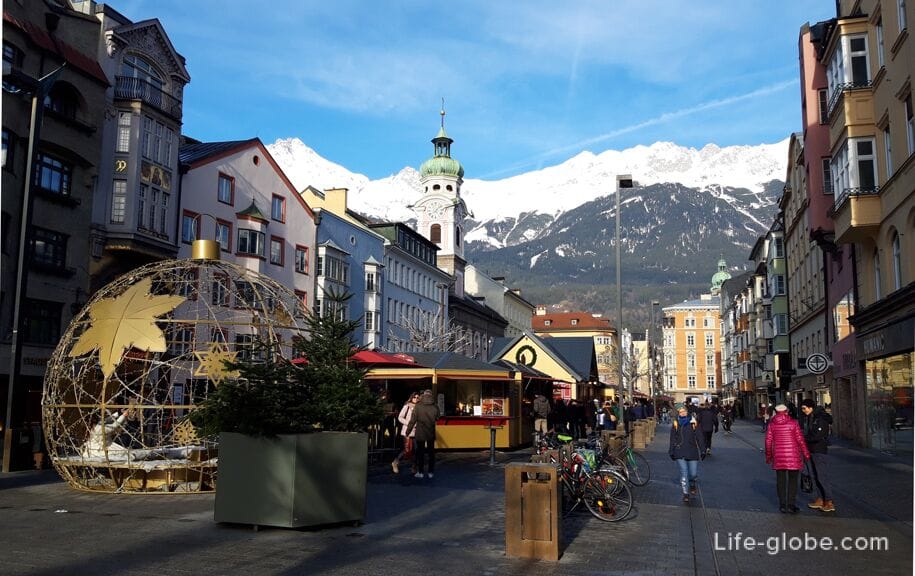
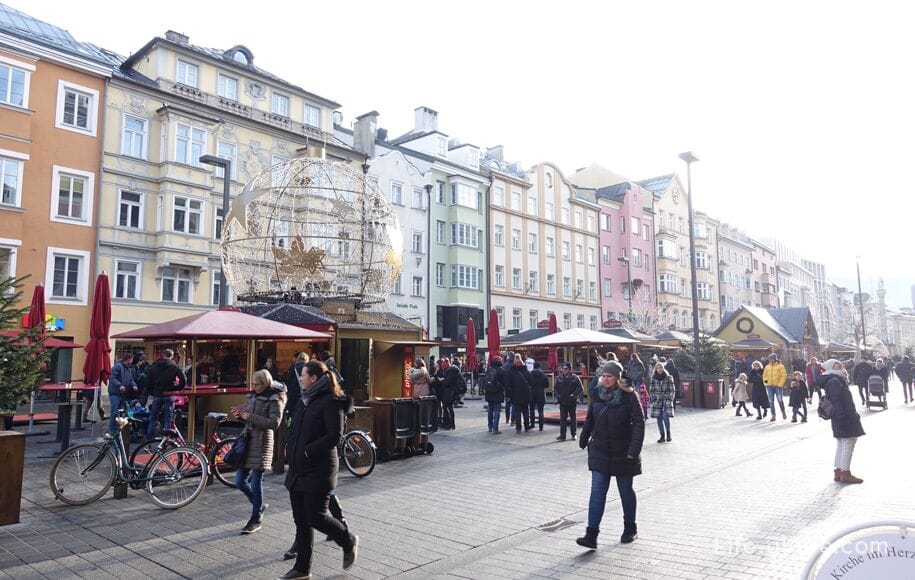
The Golden roof or simply the Golden roof of Innsbruck (Goldenes Dachl) is one of the most recognizable buildings in the city, the facade of which is a Bay window, called the "Golden roof".
The building was built in 1420 as the residence of the Tyrolean sovereigns, originally Duke Frederick IV.
When Emperor Maximilian I at the turn of the XV and XVI centuries, the house was attached to a gold Bay window in the late Gothic style with a raised "Royal balcony" ("the Royal loggia"), designed for the Imperial family. From the balcony of the nobility could comfortably observe the center of the city, as well as tournament, gala and other events held on the square near the house.
The Bay window is covered with 2 567 gold-plated copper tiles, giving the name of the restaurant "Golden roof". In addition, the facade of the balcony are covered with paintings and reliefs, consisting of scenes from the life of Emperor Maximilian I.
In the building with the Gold roof is currently a Museum of the Golden roof (Goldenes Dachl Museum), the exhibition which tells about the reign of Maximilian I and the history of Tyrol in the Middle ages.
The website of the Museum of the Golden roof: innsbruck.gv.at.
Address the Golden roof: Herzog-Friedrich-Straße 15. Read more about the Golden roof...

House of Helbling or Helblinghaus, also known as the house of Helbling (Helblinghaus) is one of the most brilliant, famous, eye-catching and memorable buildings in Innsbruck.
The history of the building originates from the 15th century. Originally the house was a townhouse in the early Gothic style, like most of the surrounding buildings, but in 1725-1730 years purchased luxurious finish with stucco in Baroque - Rococo style, which can be seen now.
The architecture of the houses viewed: exquisite Bay Windows, flowers, fruit bundles, shells, masks, little angels and many other motives.
The Helbling house is located at the address: Herzog-Friedrich-Straße, 10. Read more about the house of Helbling...
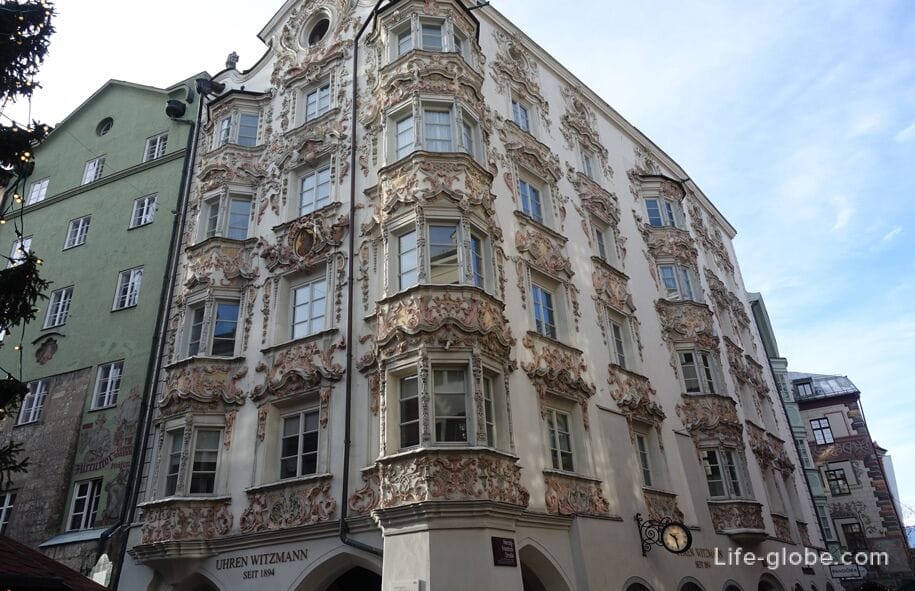
The building of the old town hall was built in 1358, and during its history has undergone several structural changes. Until 1897 the town hall was used as residence of the city authorities. On the main façade of the town hall you can see a relief of the coat of arms.
To the right side wall of the hall adjacent to the high City tower (Stadtturm) built between 1442 and 1450 years. The tower was a lookout structure for the conduct of patrols, which was on duty hours and warned residents about fires and other impending dangers. The lower floors of the tower served as a prison.
On the city tower (a height of 31 meters) today is an open platform with an iron railing and mesh fencing, which is a circular observation deck, granting 360-degree views over the Innsbruck, the historic centre, the mountains and the surrounding area.
City tower is located at the address: Herzog-Friedrich-Straße 21. Read more about old town hall with the city tower and observation deck...
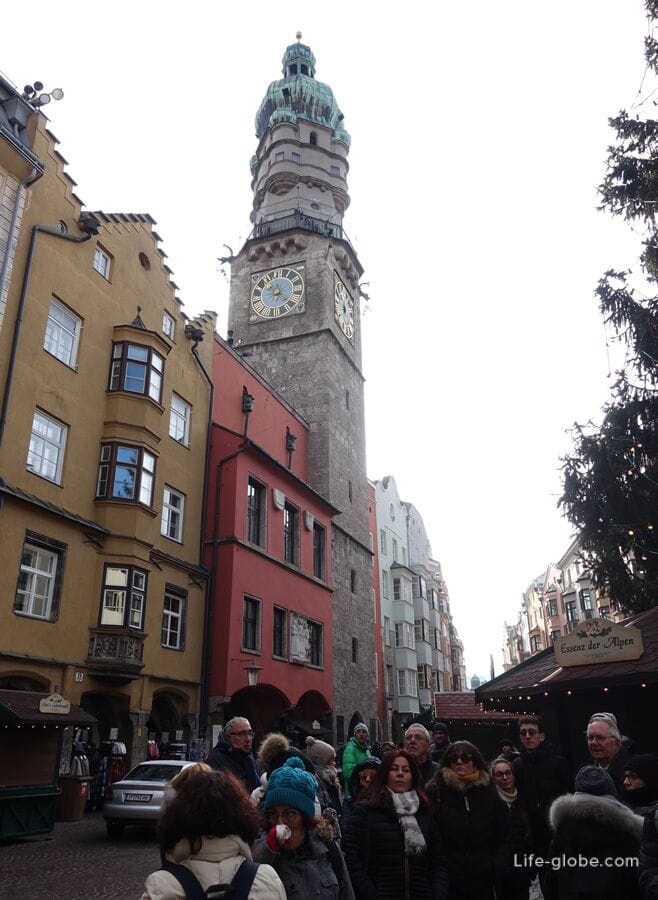
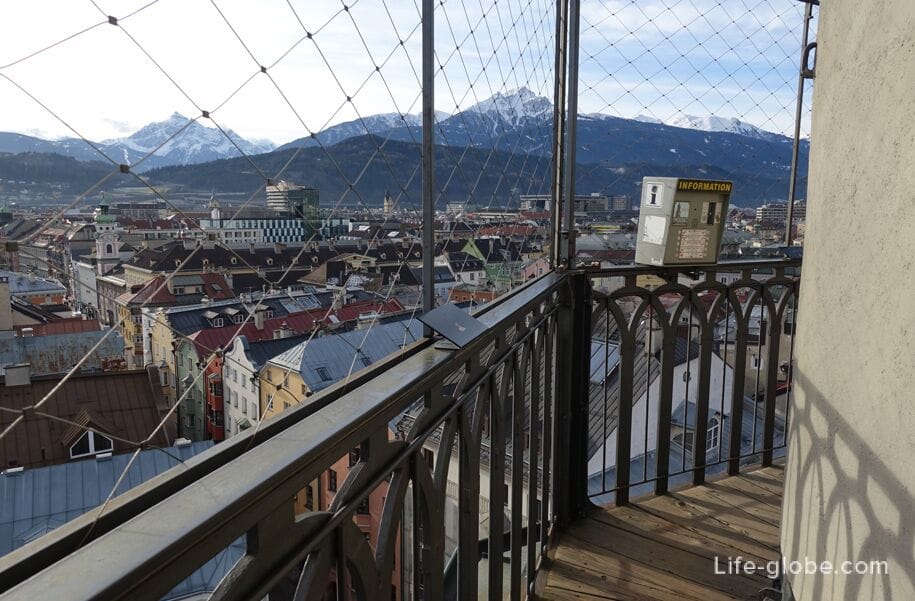
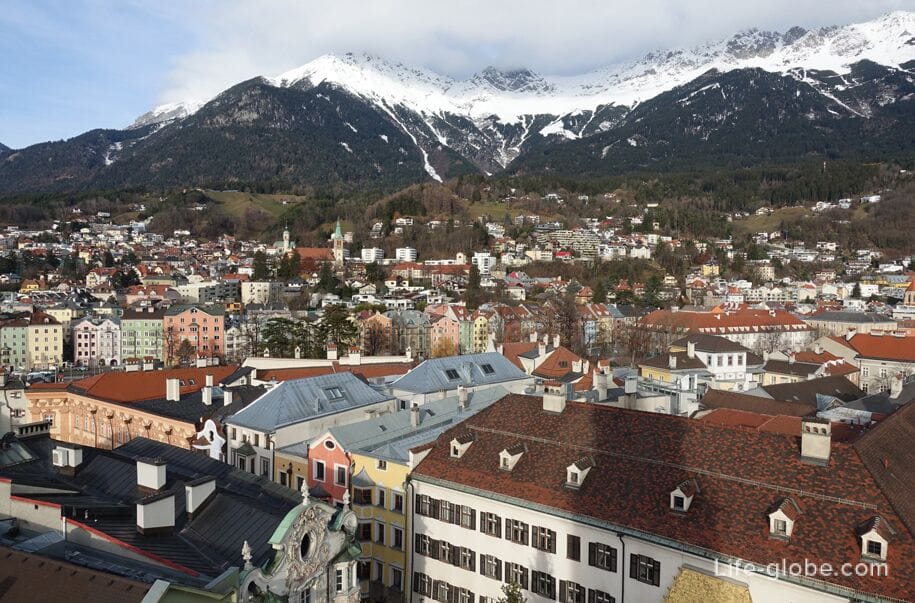
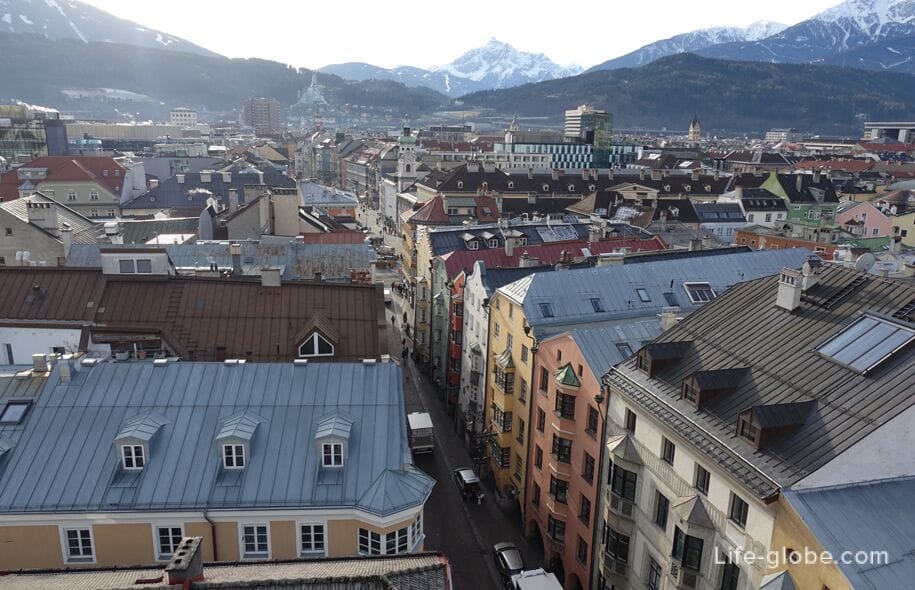
The Hofburg (Imperial Palace, German title: Kaiserliche Hofburg) - the former Imperial Palace, located on the outskirts of the old town of Innsbruck.
The Hofburg is close to the main buildings of a larger complex that once built the Tyrolean rulers, which in a broad sense also includes the court Church Hofkirche, Tyrolean folk art Museum and the present: the Hofgarten, the Theological University, the Cathedral and Congress.
The Hofburg was erected in 1453 and during the history repeatedly expanded and restored, changing their appearance.
The Palace is a Museum, the jewel of which is the main hall (Ball room) with frescoes on the ceiling and huge chandeliers.
The website of the Museum of Vienna: hofburg-innsbruck.
Address Hofburg Palace: Rennweg, 1.
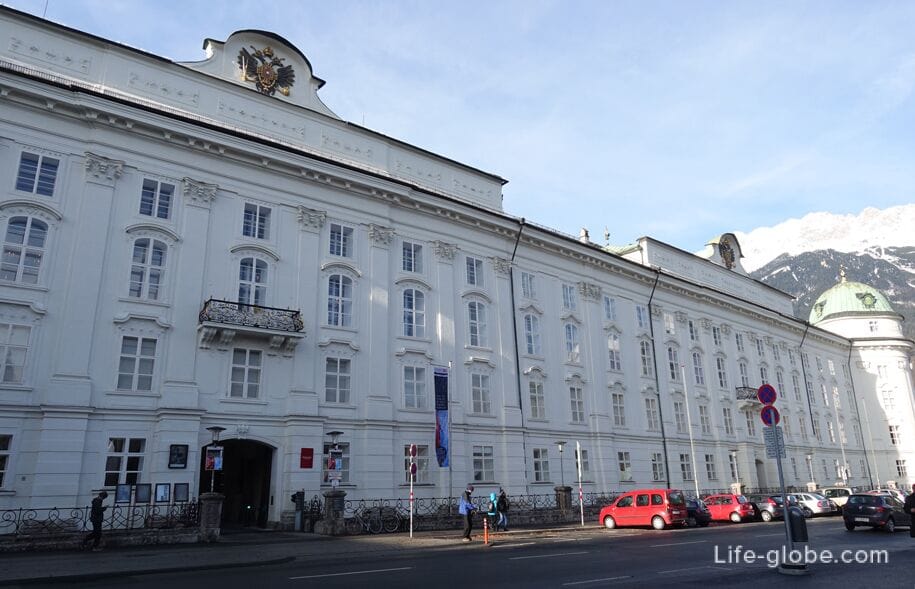

The Hofkirche (court Church) - the former Imperial court Church, which, together with the adjacent Franciscan monastery, was built in the years 1553-1563 by Emperor Ferdinand I as a memorial of his grandfather the Emperor Maximilian I.
In the walls of the Church is a ceremonial tomb - Cenotaph (no body inside, only serve for memory and as a sign of honor) Maximilian I surrounded by 28 large black bronze statues of ancestors, relatives and heroes of the contemporaries of the Emperor. For this reason, the Church is also called Church "Black people".
Other attractions in the Hofkirche include: Silver chapel (Silberne Kapell); on the Renaissance (1560) and the high altar, designed in 1755.
The entrance to the Hofkirche is paid. Website Hofkirche: tiroler-landesmuseen.
Hofkirche Address: Universitätsstraße, 2. Read more about residences of the rulers of Tyrol in Innsbruck...

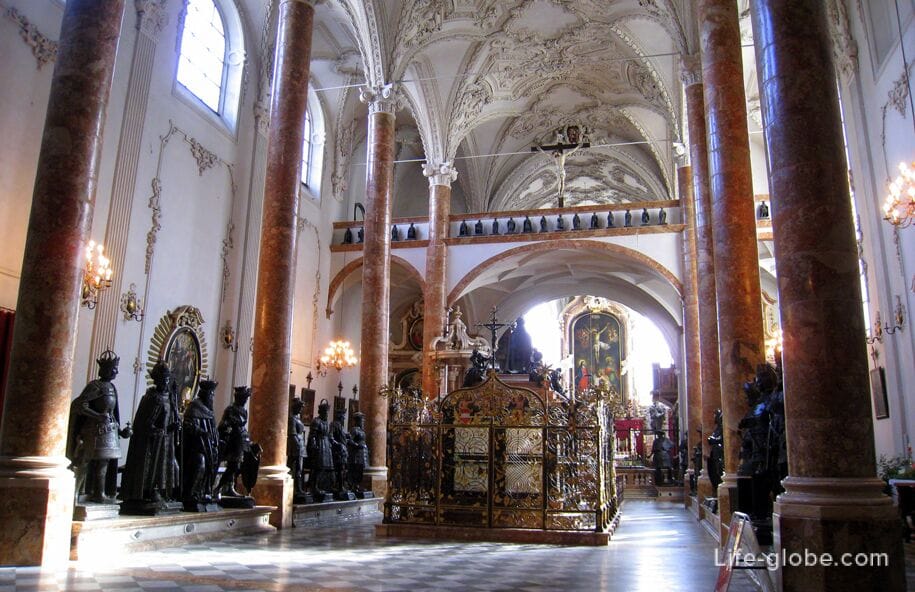
Cathedral of Saint James / Jacob (Dom zu St. Jakom) is the main Catholic Church of the city.
The first mention of the Cathedral date back to the year 1180 as on the possibility of construction of a new Church in a new city. After the construction in 1191 in the late-Romanesque style, the Cathedral was to be part of an important medieval pilgrimage of Christians - "St. James way".
During the history the Cathedral has undergone several major restorations.
The appearance of the Cathedral is rather modest and austere. However, unlike the exterior, the interior has a luxurious Baroque interior, where bright colors play marble, frescos and stucco work where sculpture and sculptural composition.
Address St. James Cathedral: Domplatz 6. Read more about Cathedral of St. James...
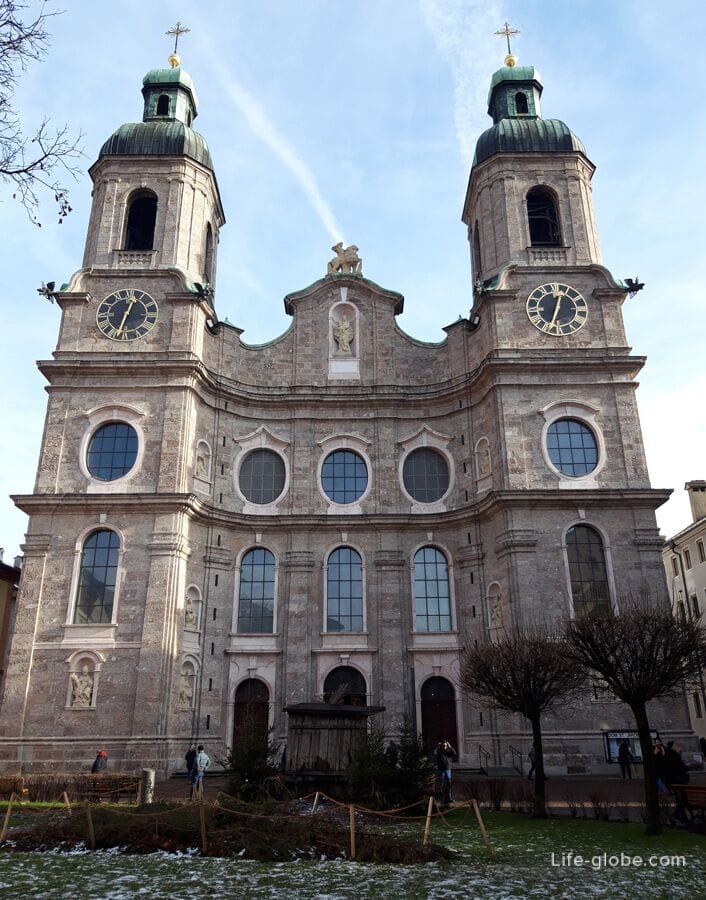
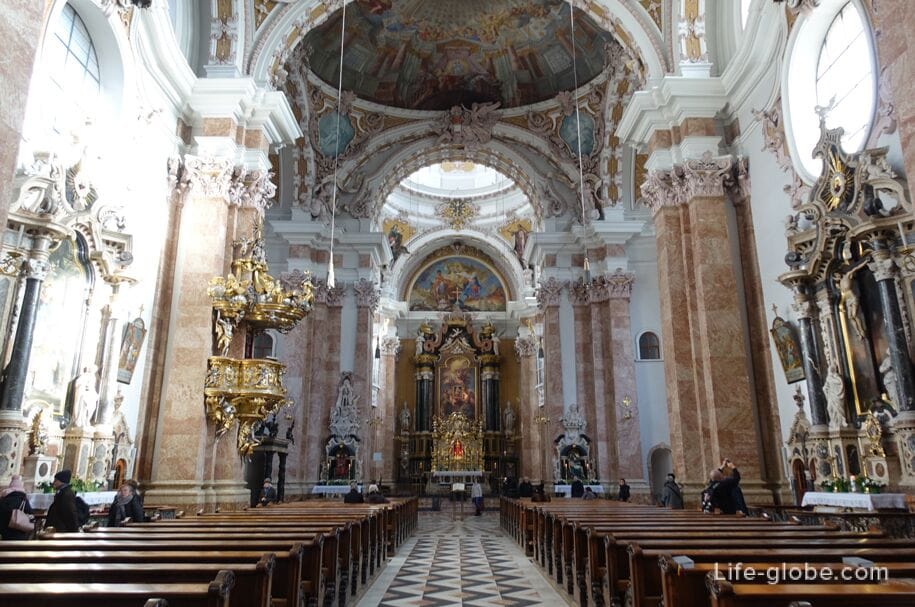
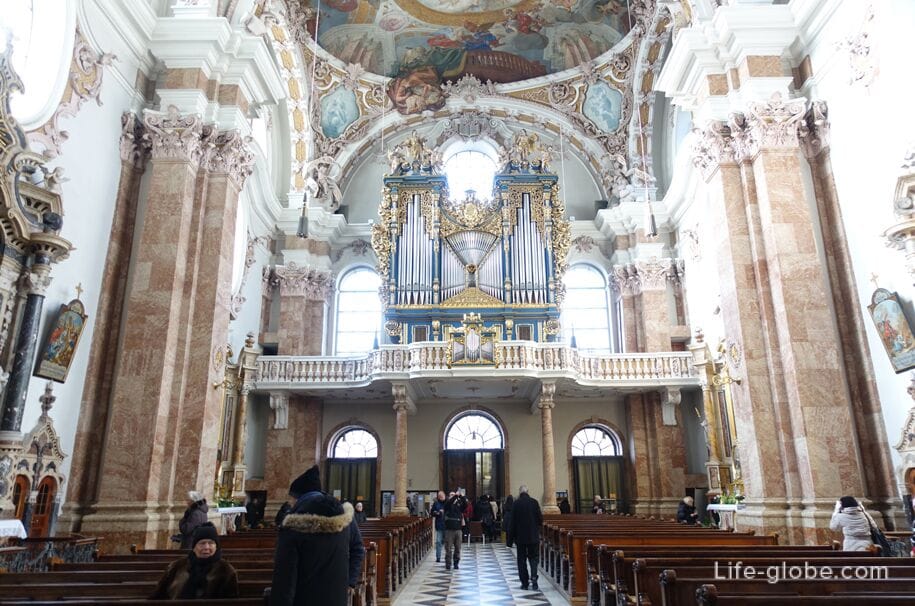
The column of St. Anne or just Anne's column (Annasäule / St. Anne's Column) was erected after the war for the Spanish heritage (Bavarian invasion), as thanks to higher powers for victory. The enemy was defeated, and banished the last of the Bavarian troops on July 26, the feast of St. Anne. Hence the name "the column of St. Anne".
26 Jul 1706 column-the monument was blessed. For centuries the column several times restored.
The column itself is made of red marble. The upper part is crowned by a statue of the Madonna (virgin Mary) with a halo of Golden stars. In the center column you can see sculptures of small angels, and in the lower part there are the sculptures of four saints: Saint Anne, mother of Mary; the Holy Kasian, patron of the diocese Saben; the Holy Vigilia, patron of the diocese of Trento and Saint George is the patron Saint of the Tyrol.
Column Anna is located in a pedestrian (North) side of the street of Maria Theresa. Read more about the column of St. Anne...

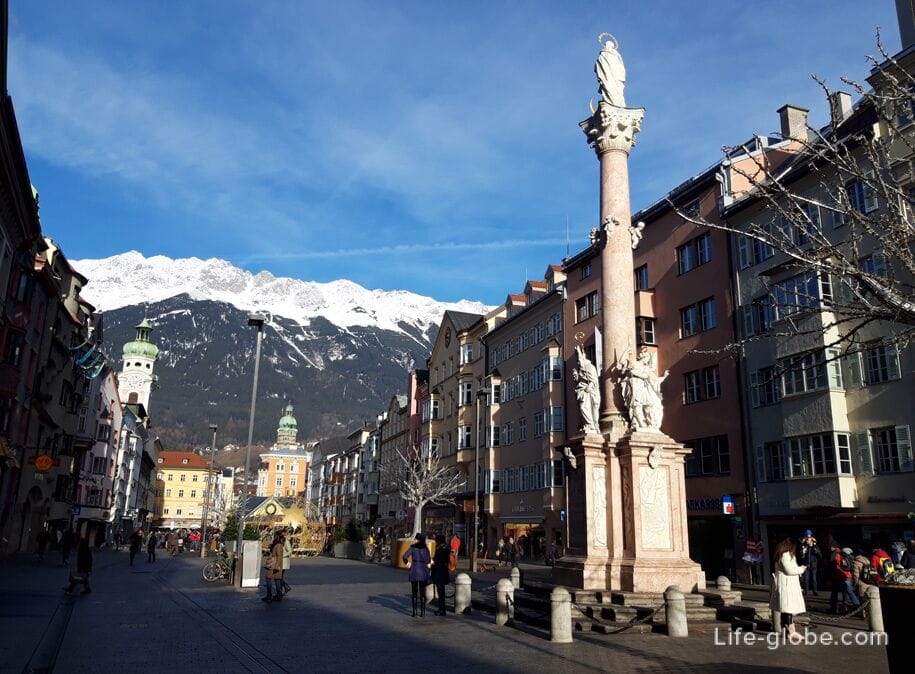
Arc de Triomphe (Triumphal gate / Triumphpforte) in Roman style was built by order of Maria Theresa in the 18th century, when the Empress had planned his son's wedding of Archduke Leopold with a Spanish Princess Maria Ludovico.
In addition to the main entry of character in the historic part of the city, the triumphal arch also serves as a reminder of joy and sorrow at the same time. The fact that during the preparation for the wedding, on 18 August 1765, the husband died, the Empress and the father of the groom.
For this reason, arch has two "face": on the North side of the gate depicts a memorial to the memory of the sudden death of the Emperor, and the South is decorated with festive and more colorful motifs with reliefs dedicated to the wedding.
The arch is located in the southern end of Maria Theresa street, near the house at Leopoldstraße, 2. Read more about triumphal arch...
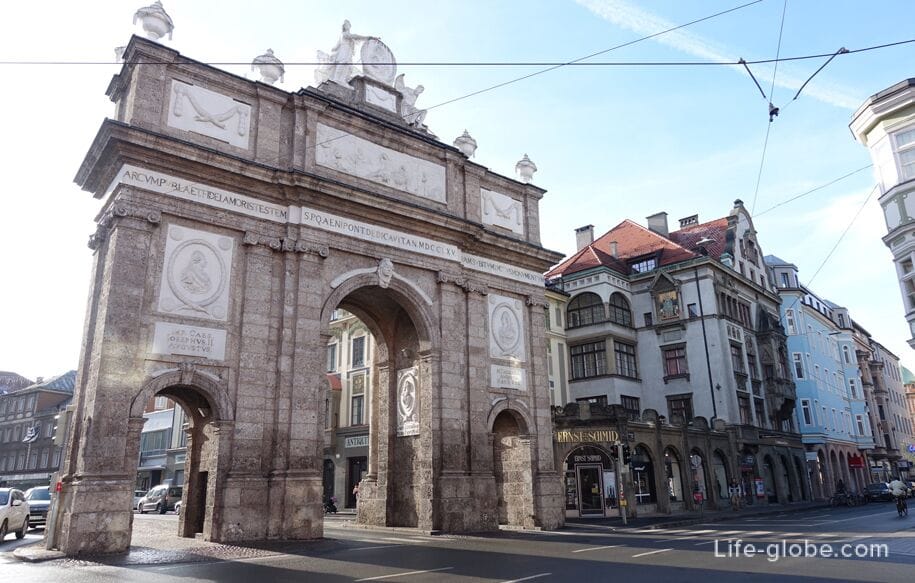
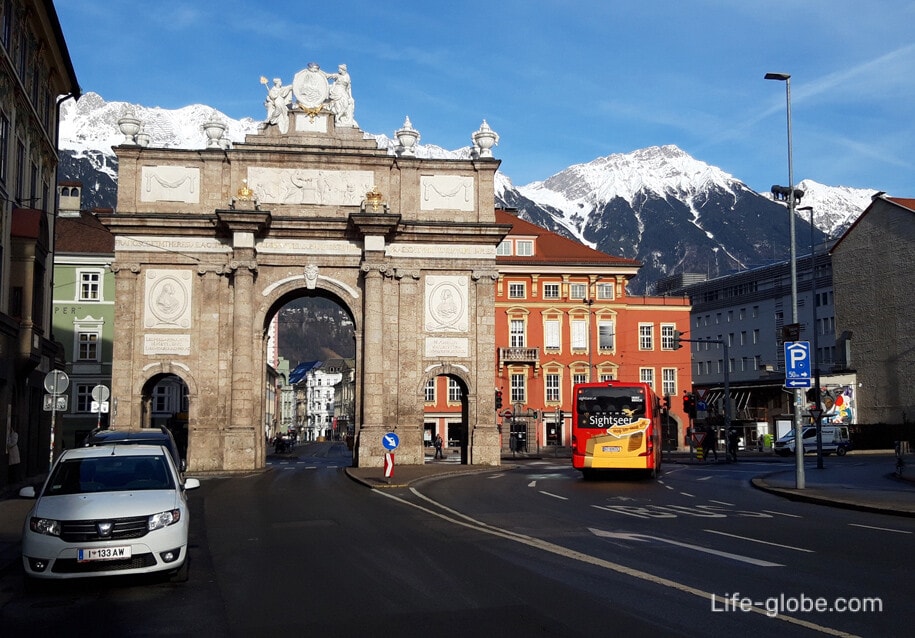
The embankments of the centre of Innsbruck along the Inn river is notable historic buildings.
Particularly attractive are those buildings, which are located on the left (North) side of the river. They are a facade, behind which rise the peaks of the Tyrolean Alps that creates a picture of unrivalled beauty. This panorama is depicted on many postcards, Souvenirs, as well as in brochures and guidebooks to Innsbruck.
The left and right sides of the Inn river connects several bridges, the most visited of which is the bridge Inn (Bridge Inn), which connects the old town of Innsbruck (outside Duke Frederick) historic center of Vienna-St. Nicholas (Mariahilf-St. Nikolaus), which is a narrow strip stretches along the North side of the river, and which is a continuation of the historic city of Innsbruck. Read more about Mariahilf district-St. Nicholas...
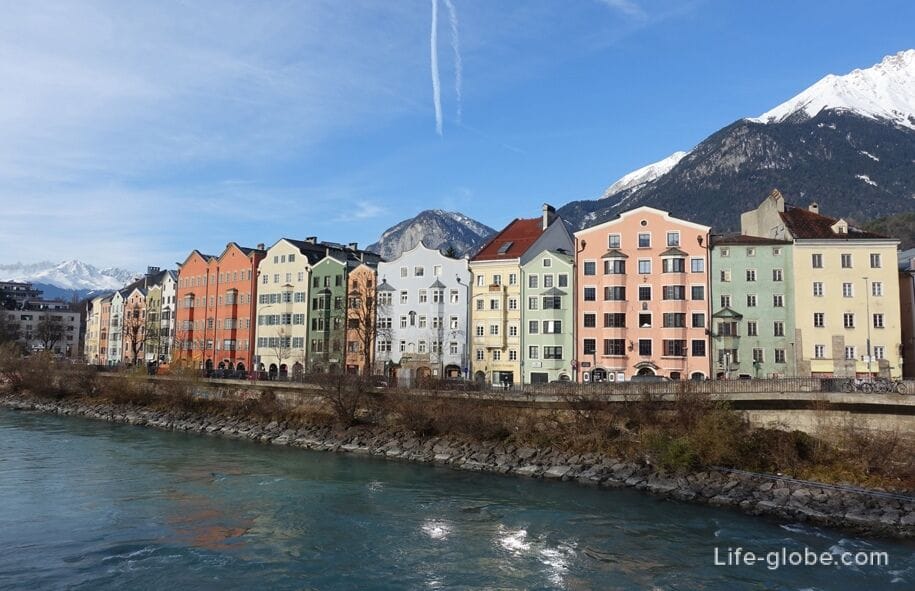
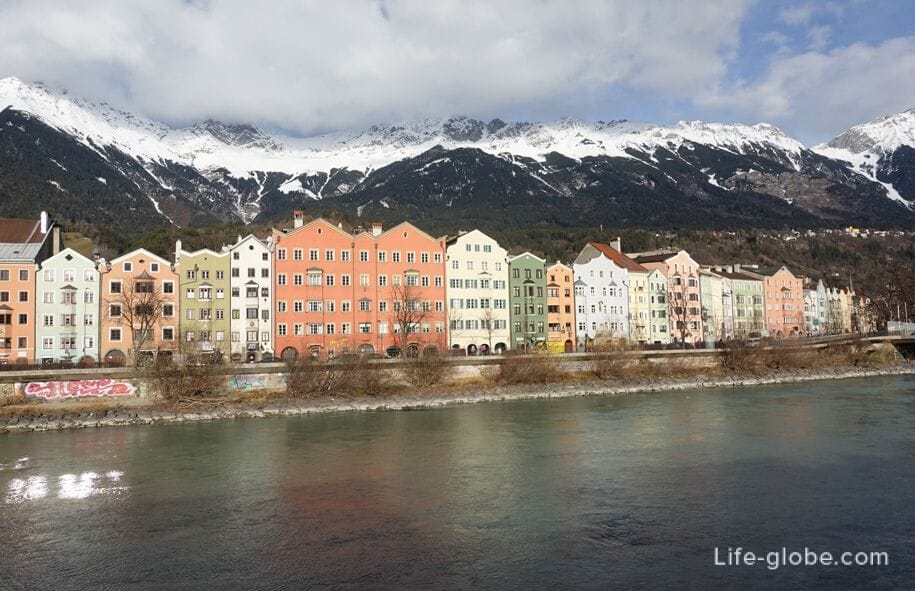
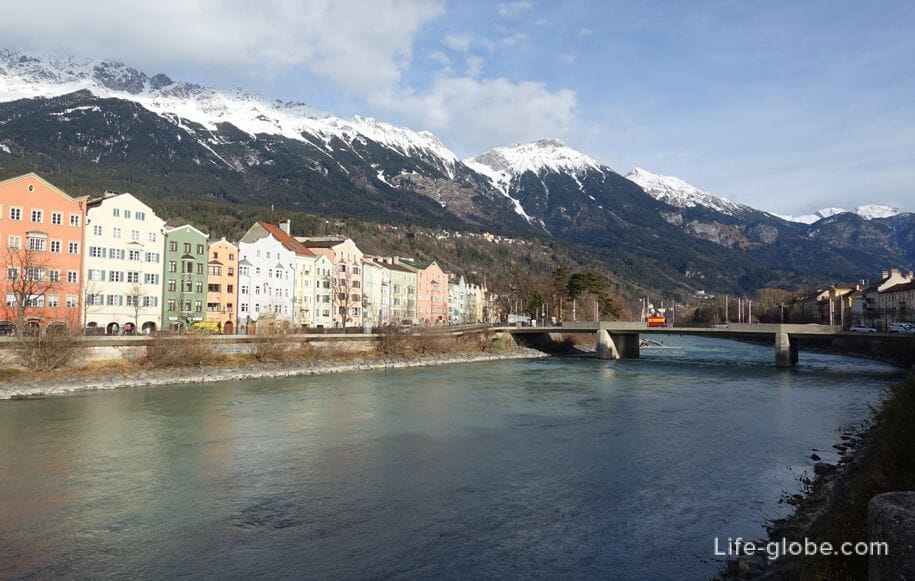
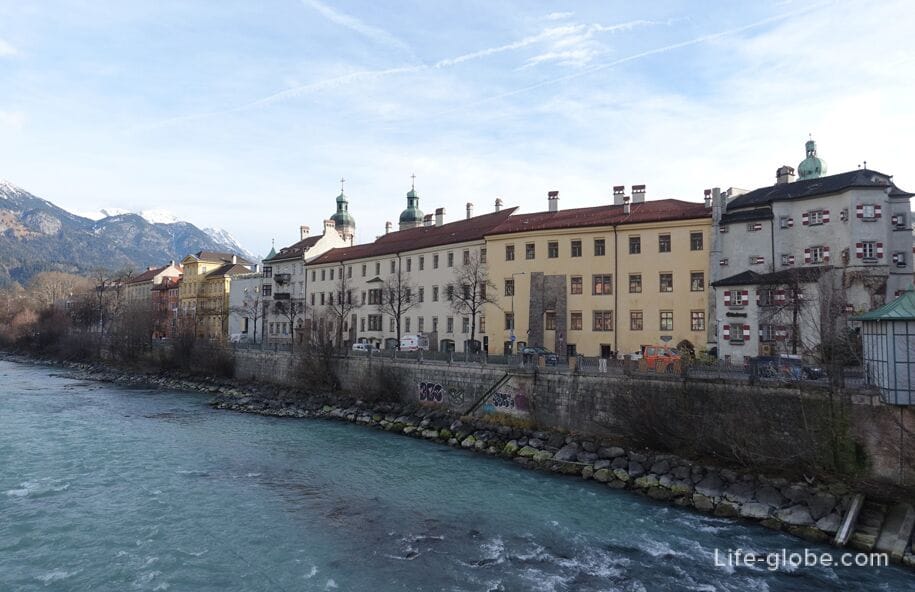
Lift Nordkette (Nordkettenbahnen) - not only a popular tourist attraction and entertainment in Innsbruck, but is also just 20-30 minutes from downtown to get to the top of the mountains (height of about 2 300 metres) and viewpoint Hafelekar (Hafelekar) - South mountain range, the largest nature Park of Austria Karwendel mountains (Karwendel).
The lift has three means of transport - a funicular railway and two cable cars. To get from the centre of Innsbruck to the top station, having made the ascent in three stages with two changes.
In winter, the gondola is the heart of the ski area Innsbrucker-Nordkettenbahnen, and in the warm season - from the cable car station Hiking trails, there are places for rock climbing.
The website of the Nordkette lift: nordkette.
Read more about gondola Nordkette...
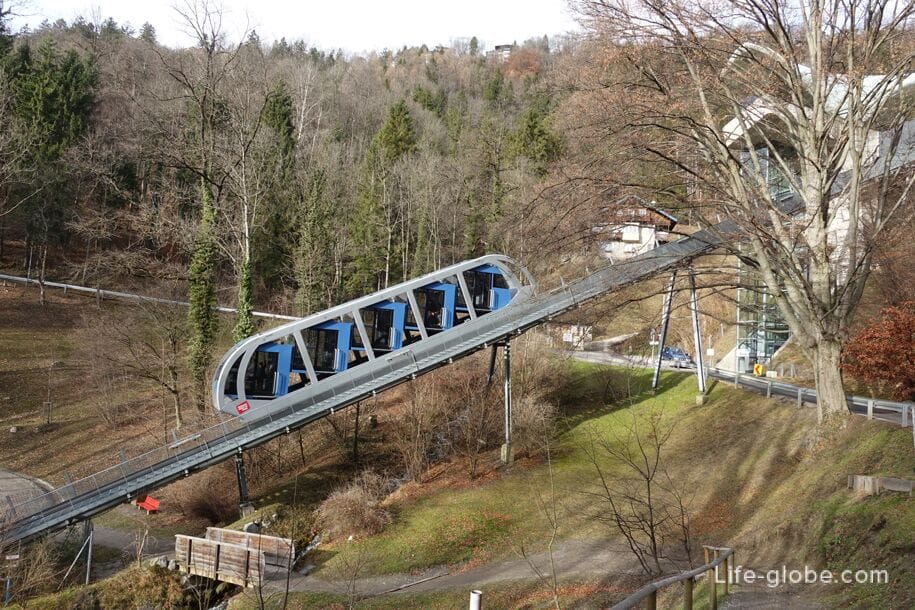

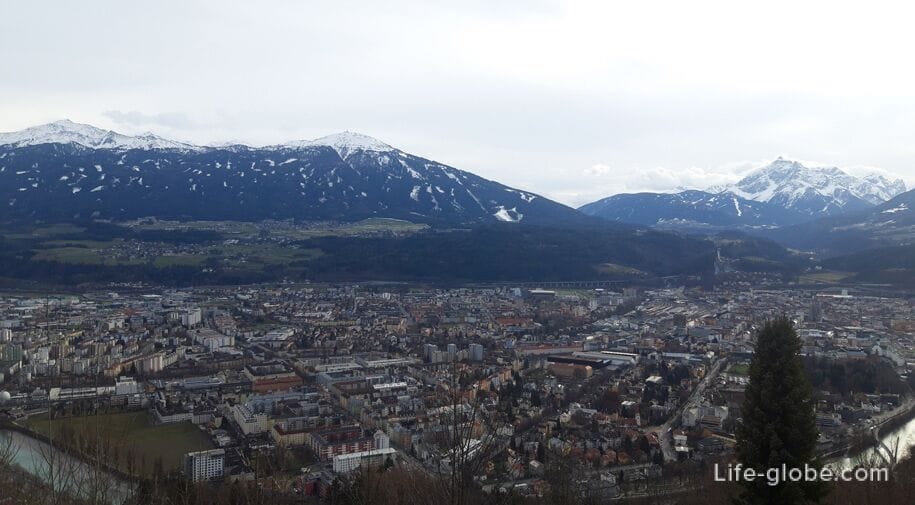
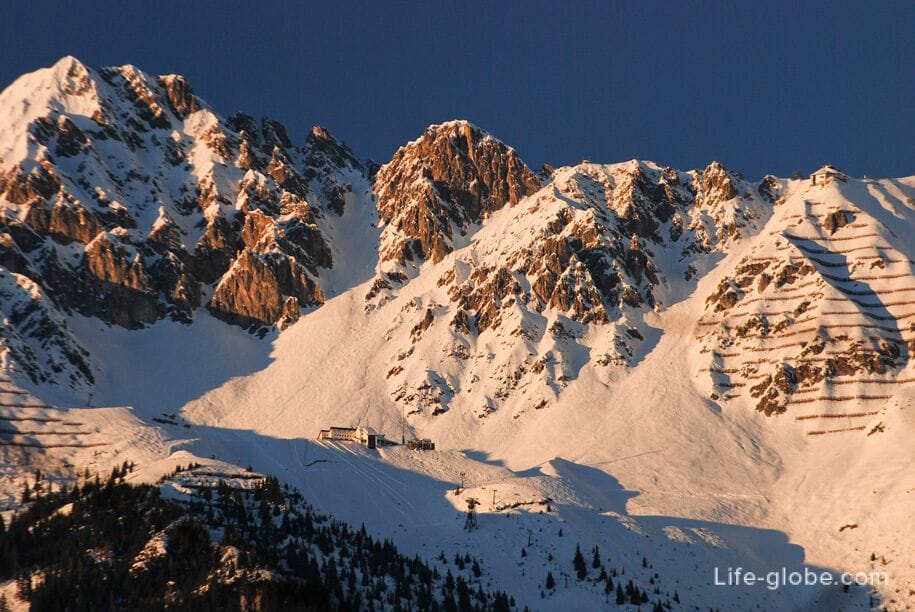
The Alpine zoo of Innsbruck (Innsbruck Alpenzoo) is the highest themed zoo in Europe. The zoo is situated at an altitude of 750 meters above sea level.
In Alpenzoo about 2,000 Alpine animals (150 species) inhabit areas just over 4 acres in natural enclosures, terrariums and aquariums.
The highlight of the zoo is that it demonstrates the most comprehensive collection of wild animals from the Alpine region.
The website of the zoo: alpenzoo.
Address of the zoo: the zoo is located at the foot of the Nordkette, at the following address: Weiherburggasse, 37a.
From the centre of Innsbruck zoo can be reached by cable car Nordkette lift, walk or drive by car (rent a car in Innsbruck...) or bus line W. Near the zoo, there are places to Park the car.
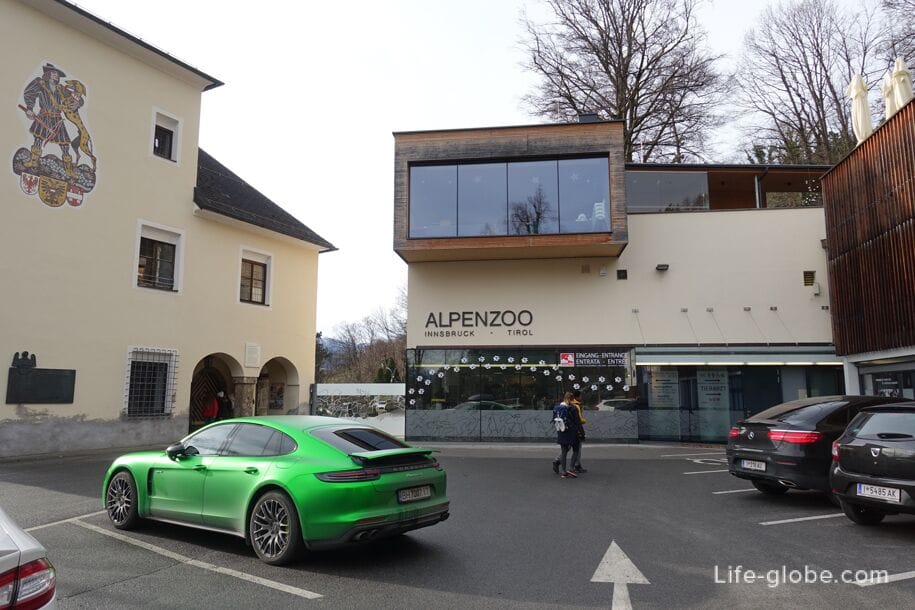
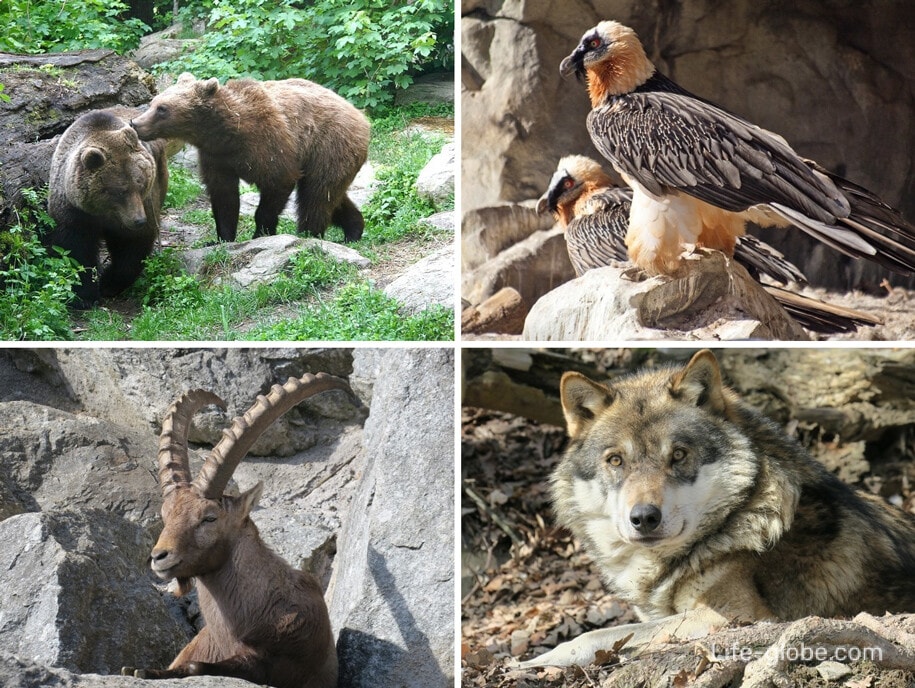
Ambras castle (Schloss Ambras) is one of the most important and popular sights of Innsbruck.
Its cultural and historical significance is inseparably linked with the personality of Archduke Ferdinand II, who founded the first collection Embrace and for which, on his initiative, was built the Museum.
Today the castle is a Museum complex with landscaped gardens, a courtyard, a chapel and several buildings, which house galleries, room-exhibition with collections of glass, Gothic sculpture, portraits of the princely rulers of the Tyrol, weapons, Antiques, books, etc.
Site the Ambras castle: schlossambras-innsbruck.
Address Ambras castle: the castle is situated on a hill at the altitude of 587 meters above sea level in the South-Eastern outskirts of Innsbruck, address: Schloßstraße 20. Read more about the castle and the Museum of Ambras...
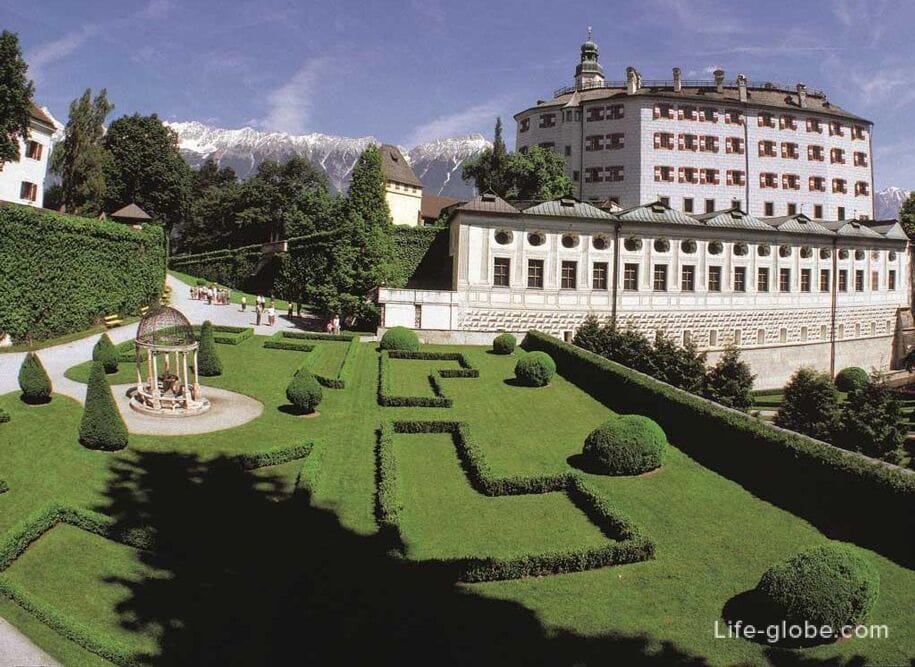
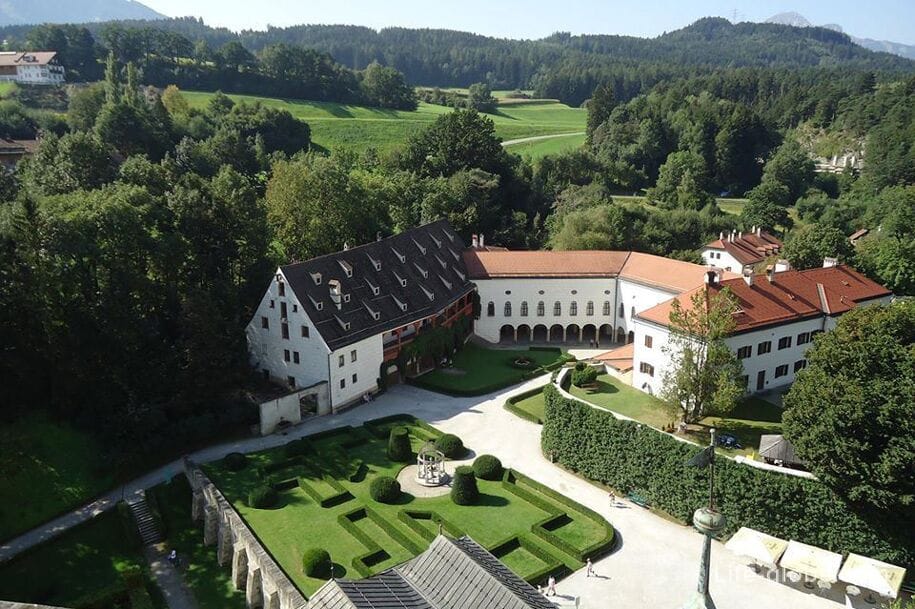
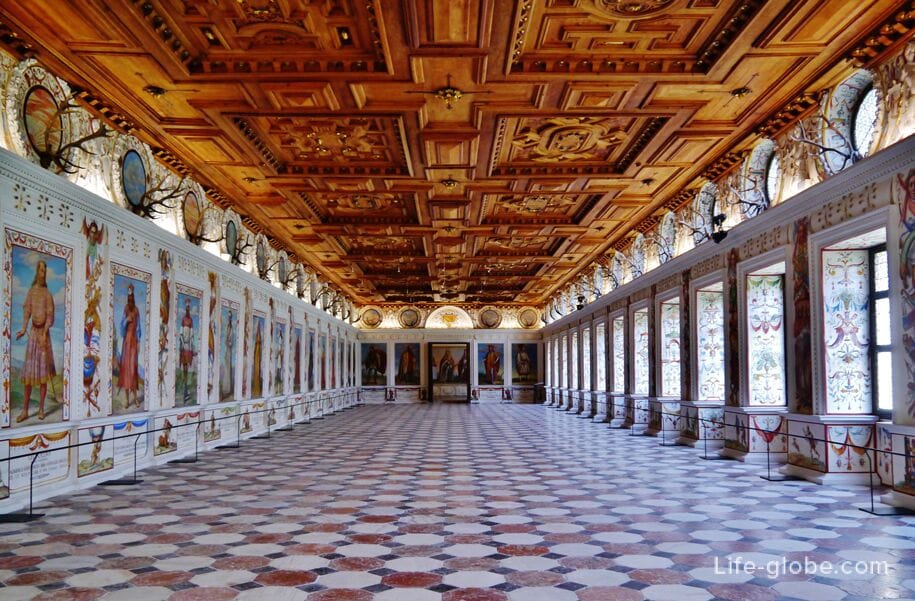
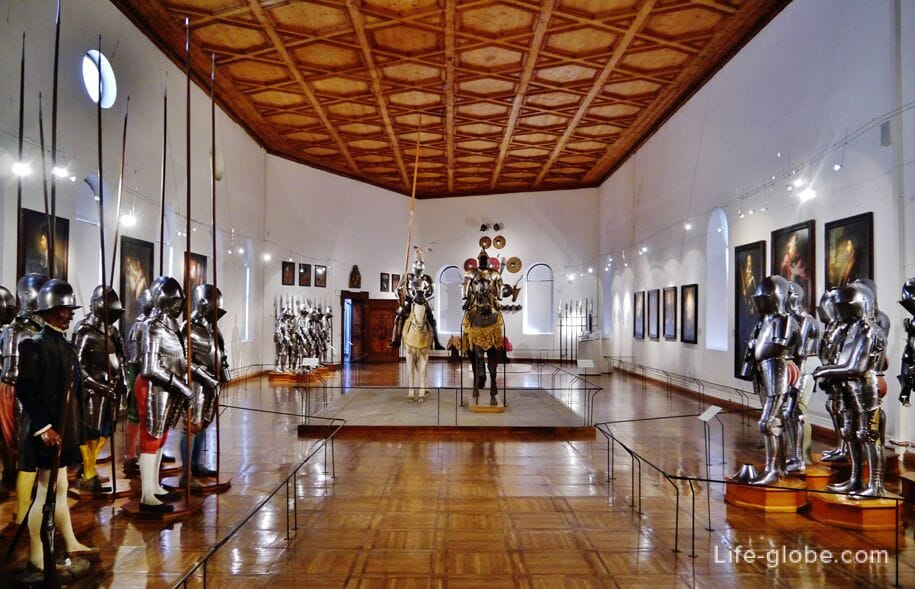
The Bergisel ski jump (Bergiselschanze, the Bergisel Schanze) is one of the venues for the competition phase of the world Cup ski jumping - annual 3rd stage Tour of four jumps.
Its present form the springboard received in the course of the reconstruction in 2001-2002, the head of which stood the architect Zaha Hadid, who received a prestigious architectural award for his masterpiece.
The Olympic games in the springboard was conducted in 1964, 1976 and 2012.
Currently jump Bergisel, in addition to its direct purpose, is the modern symbols of Innsbruck and a popular tourist attraction.
Tower hill, executed in steel structure with an attached descent, is considered one of the architectural masterpieces of Innsbruck and is clearly visible from many points in the city.
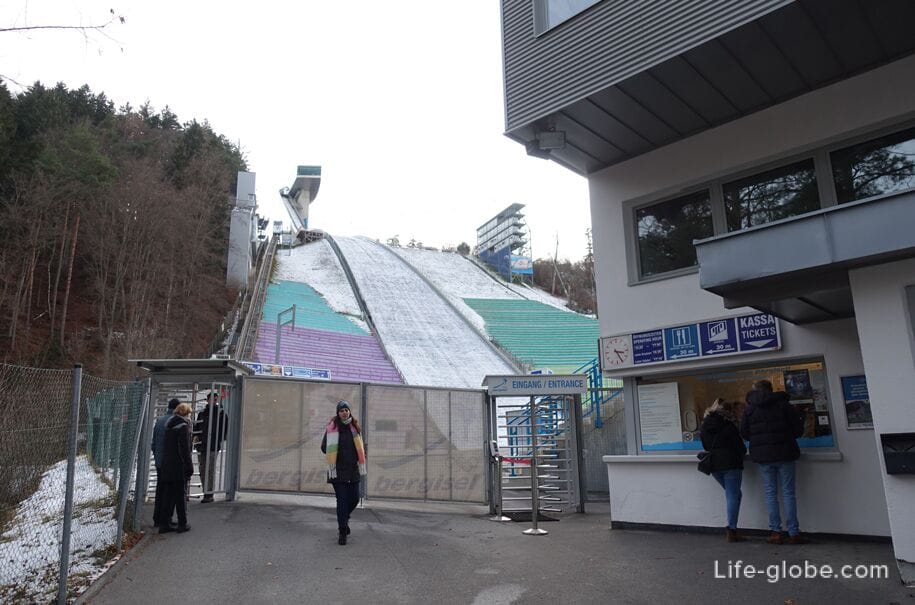
Jump Bergisel is open to visitors year-round. In the tower is a panoramic restaurant "Bergisel Sky" with a glass facades from floor to ceiling and a viewing deck (panoramic terrace), granting a stunning overview of Innsbruck and the surrounding area.
The climb to the viewing takes several minutes, in two stages, first in a cable car to the tower for jumping, then the Elevator to the observation and/or restaurant.
The website ski-jump Bergisel: the bergisel.
Address Bergisel ski jump: the jump is located on the eponymous hill Bergisel, at Bergiselweg, 3. Read more about the jump Bergisel...
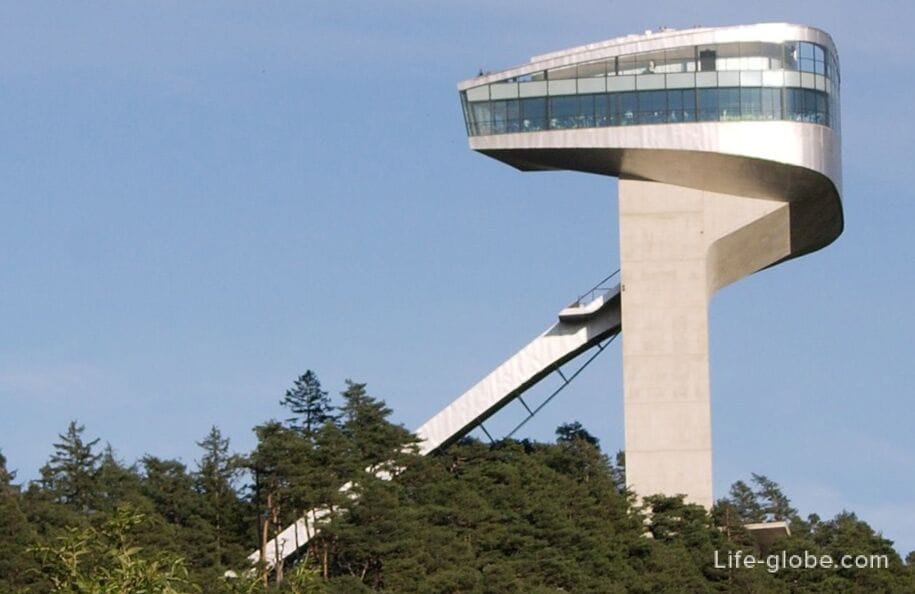
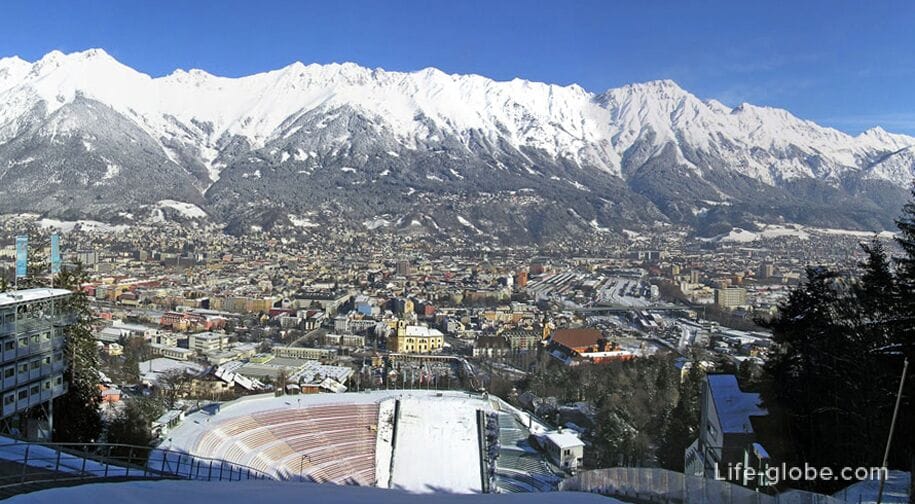
In addition to the Museum of the Golden roof and museums located in Hofburg Palace and Ambras castle, described earlier in this article, in Innsbruck there are several important and visited museums.
The Tyrolean Museum ferdinandeum (Ferdinandeum Tiroler Landesmuseen) is located in a large historic building in neo-Renaissance style, architect and master Builder of which was Anton Musclecar (1842 - 1845).
The creation of the Museum dates back to 1823. Originally the Museum collection was located in rented rooms in the Abbey Wilten and in the University building.
The building of the new Museum was opened on 15 may 1845. Later the Museum building was expanded and remodeled several times, including adding another floor and wing, and the facade acquired their present form (1867 - 1998).
The upper part of the facade of the Museum is crowned with a 3-meter statue of Tyrol, Minerva at left and allegory of the arts on the right.
The Museum collection tells the history of the Tirol region, and not only - from the stone age to modern times: relics, Handicrafts, collections of works of art, drawings, engravings, photography, manuscripts, sculptures, musical instruments, library Fund, etc.;
The website of the Museum ferdinandeum: tiroler-landesmuseen.
The address of the Museum ferdinandeum: Museumstraße, 15.
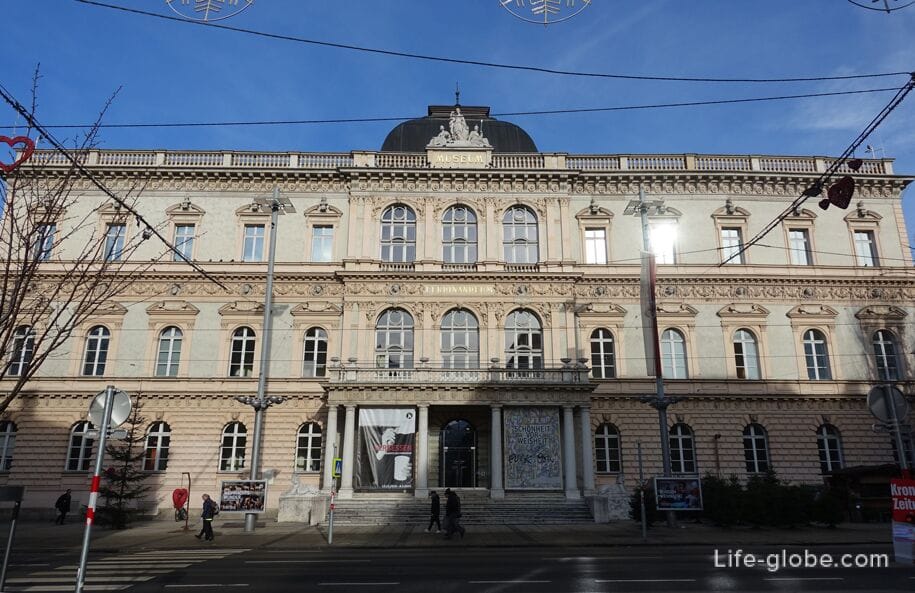

Tyrolean folk art Museum (Tiroler Volkskunstmuseum) is located in the walls of the former Franciscan monastery around an arcade courtyard.
The Renaissance building with well-preserved monastery was used until 1785 as the Franciscan monastery, and then mainly as a school and since 1929, is home to the Museum of Tyrolean regional heritage.
The Museum contains a collection of cultural exhibits from local traditions of Tyrol, including the peasant Handicrafts and local items including: household utensils, wood and wax; painted chests, tools, and den; ceramic and colorful traditional costumes, illustrating the diversity of the region and Tyrolean culture.
The website of the Tyrolean folk art Museum: tiroler-landesmuseen.
Address the Tyrolean folk art Museum: Universitätsstraße, 2.
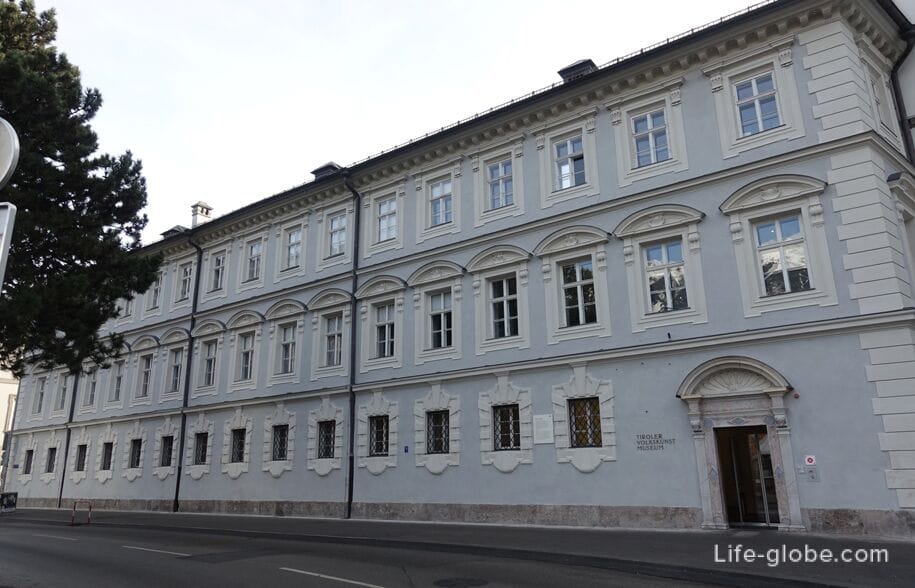
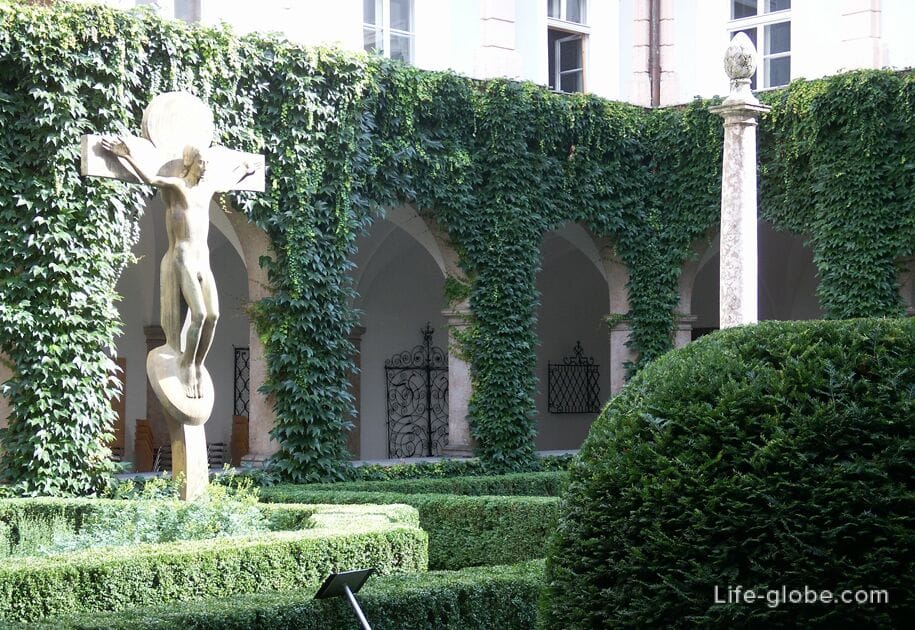
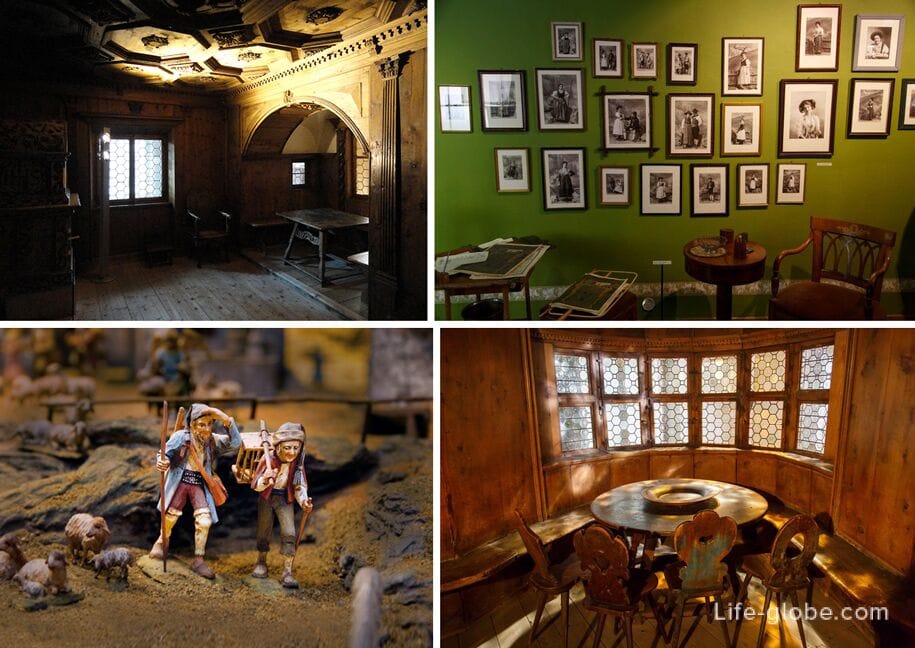
The Museum of cultural history of Tyrol (Zeughaus, Museum im Zeughaus) located in a historic building - the former Arsenal Maximilian I, built between 1500 and 1506. In the halls on the first floor housed the heavy guns of the Emperor, and the remaining ammunition was stored on the upper floor. The building was used until 1955 as a military Arsenal. In 1973 it was opened as the Museum of Tyrolean regional heritage.
At present the Museum collections of Geology and Mineralogy of the country; typical objects from different historical periods: mining, religion, Napoleonic epoch, 19th century, with the advent of tourism and the world wars.
The website of the Museum of cultural history of Tyrol: tiroler-landesmuseen.
Address Museum of cultural history of Tyrol: Zeughausgasse, 1.
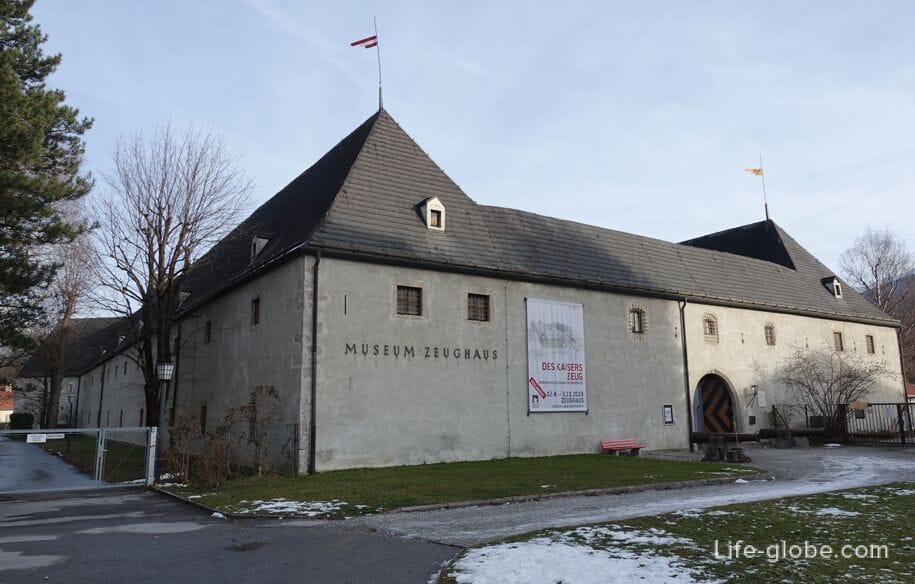
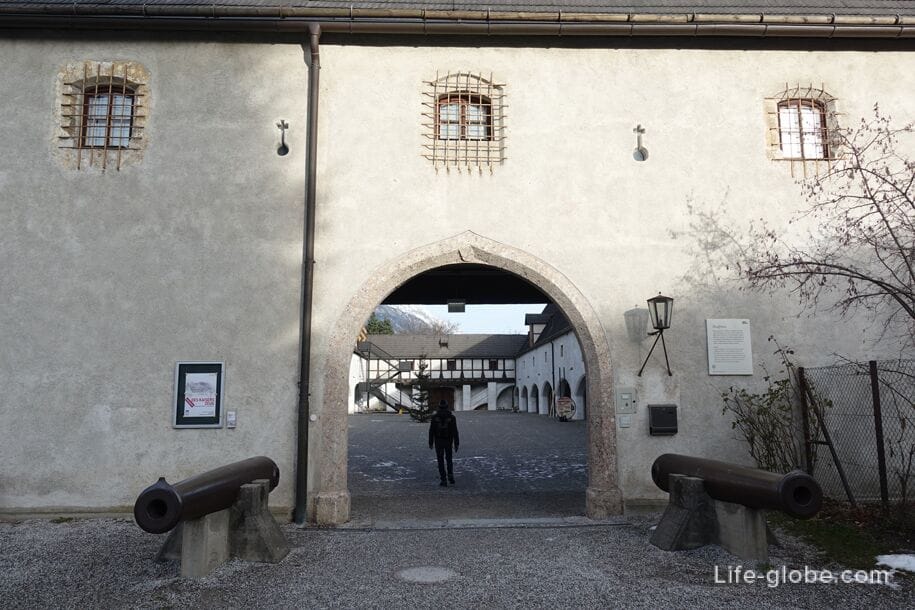
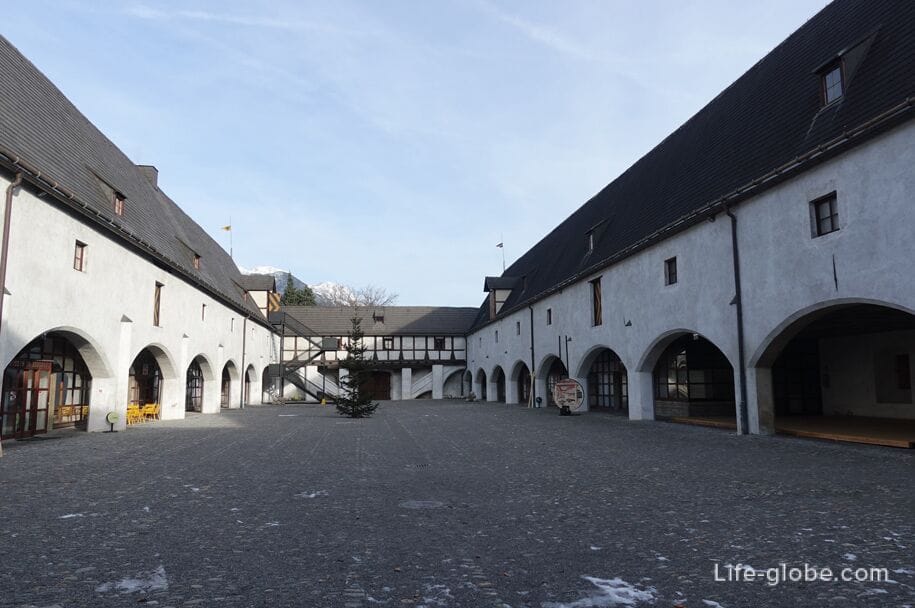
Regimental Museum of the Tyrolean Imperial Riflemen - Kaiserjager Museum, known as Museum Bergisel (Kaiserjägermuseum) and a new building - the Tirol Panorama which is also a Museum (Tirol Panorama Museum), represent a single complex of the military historical Museum Bergisel.
The masterpiece of the Museum is a large panoramic painting, which reflects the Tyrolean struggle for freedom on 13 August 1809 with a picture of the events of 1 000 square meters in 360 degrees.
The Panorama Museum, among other things, also includes an underground permanent exhibition hall "Schauplatz Tirol" and access to the Museum Kaiserjager.
The website of the Museum Bergisel: tiroler-landesmuseen.
Address Bergisel Museum: the Museum is located on the hill of Bergisel, at Bergisel, 1-2.
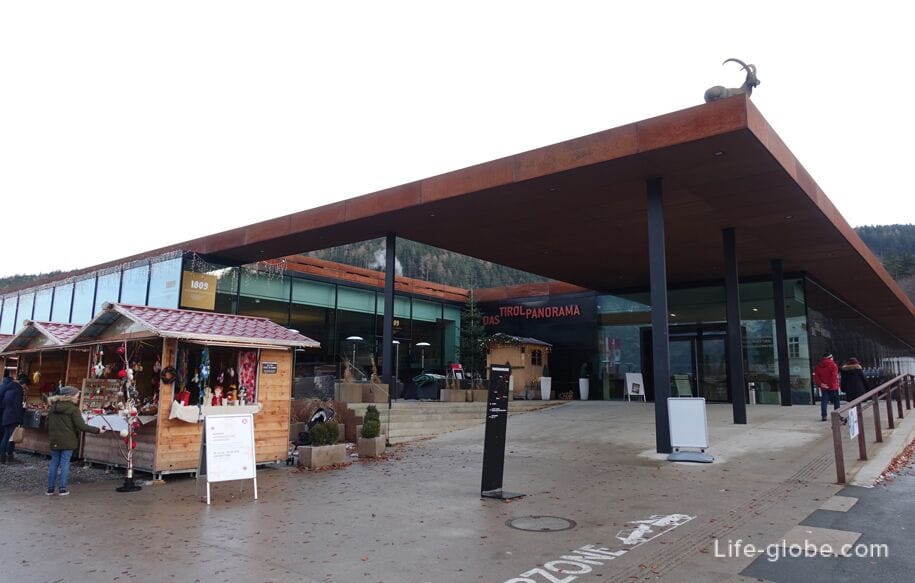
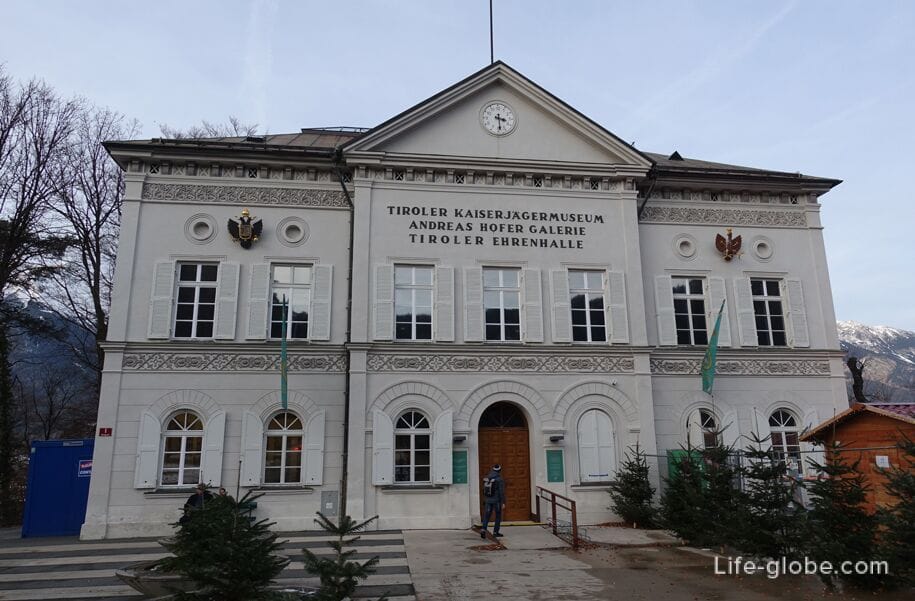
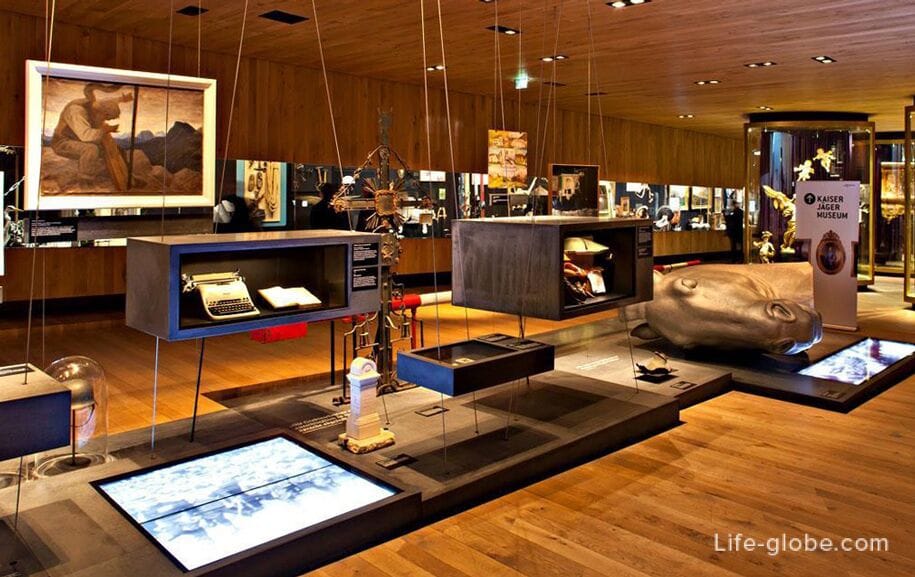
If you have a little time on the town or you want to explore its main attractions, while moving from object to object with maximum comfort, in Innsbruck you can take a tour on the tour bus Hop-on Hop-off.
Information about the tour bus, including stops, time of driving and the cost of tickets, can be found on the website. With the Innsbruck Card - free card you can also purchase here.
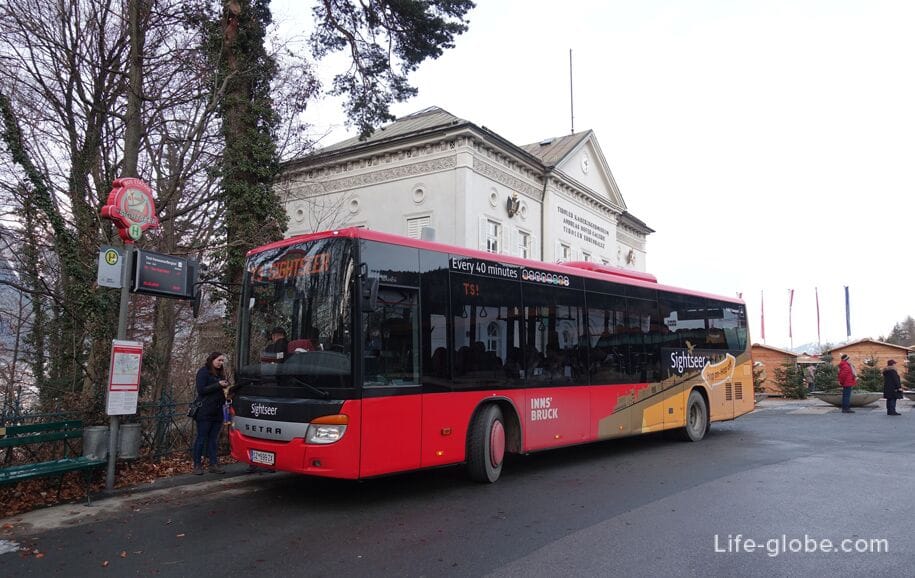
All accommodation facilities in Innsbruck you can view and book here